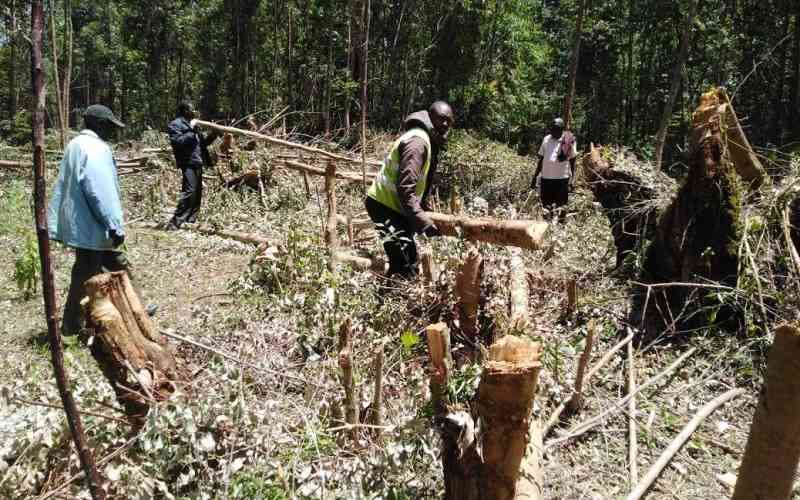×
The Standard e-Paper
Home To Bold Columnists

The government's efforts to restore and rehabilitate degraded critical water catchment and natural forest areas by imposing a logging ban in 2018 has borne fruit.
According to agro climatologist Dr Kinyanjui Koimbori, the period has had positive impacts on the sector, resulting in increased tree and forest cover. The period has also seen a reduction in illegal logging in forests.